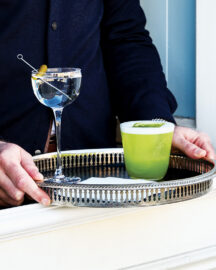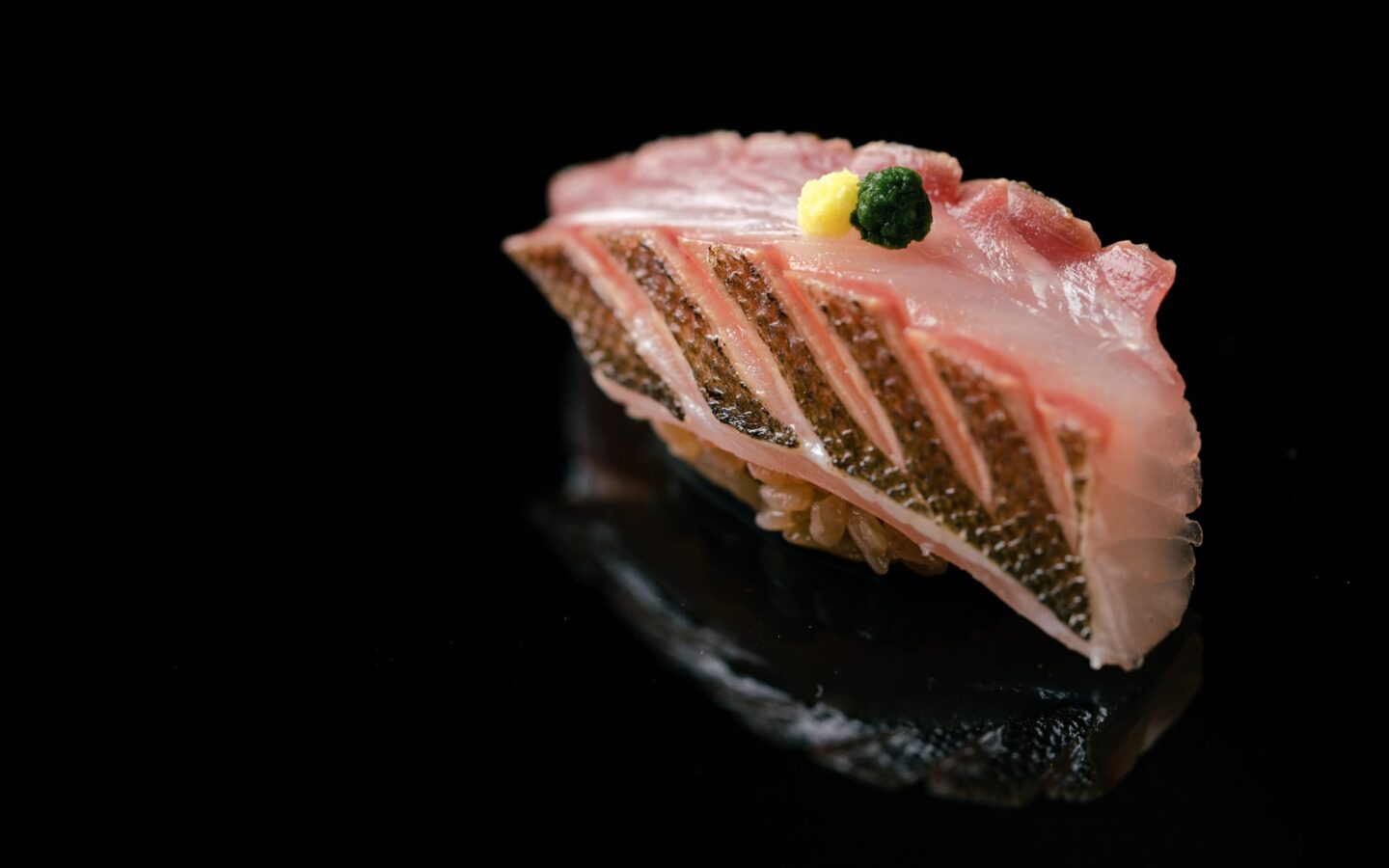When it opened in Toronto early in the summer of 2019, Sushi Masaki Saito’s 14 bar stools immediately became the most-sought-after seats in town. Many were mesmerized by the pair of Michelin stars chef Saito had left behind at Sushi Ginza Onodera in NYC. A more fortunate few who ate there were entranced by the sushi, each piece of fish coaxed into yielding maximum umami through the chef’s bespoke formulas of salt, kelp, shoyu — and time. Then came lockdown, takeout and a disastrous flood. With the restaurant finally poised to reopen again, C100B checked in.
C100B: How was the experience of selling the idea of aged sushi in a town where the highest compliment typically paid to a chef Saito remains “the fish was so fresh!”?
Masaki Saito: It was certainly challenging, but many were convinced and showed understanding. There are many foodies in Canada, so I want more people to get interested in authentic sushi and to fascinate them with edomae-style sushi.
C100B: What’s been the worst part of doing takeout — and the best?
MS: The worst part is that the customer cannot have our food at its best, which is right after it’s been prepared. We are very precise with time, temperature and moisture for each dish at our restaurant, and it’s almost impossible to recreate the same thing in takeout. The good part is that a customer can try our food without trying the full omakase. That gives more people the opportunity to taste our food and get interested in authentic Japanese cuisine.
C100B:A lot of good customers are desperate to return to your bar. Will anything be different from where it left off?
MS: We are very much looking forward to resuming dine-in service. We will continue to dedicate ourselves to omotenashi [traditional Japanese hospitality].
C100B: Phew.
—StaffPhoto Credit: Alfred Chow
Share: Facebook, X (Formerly Twitter)













